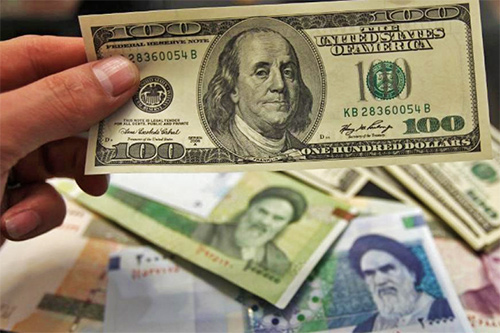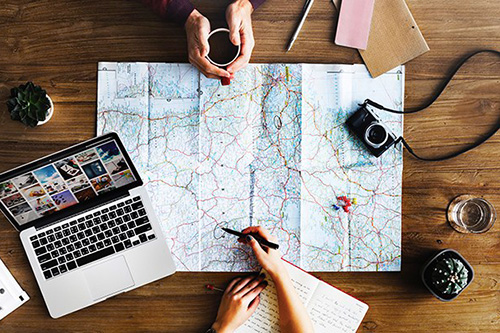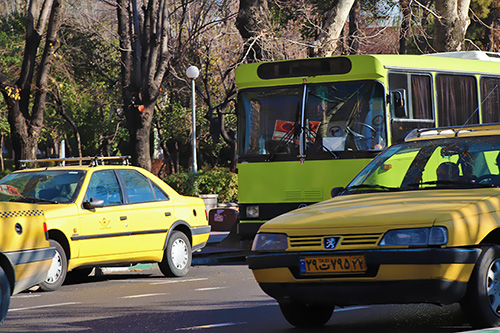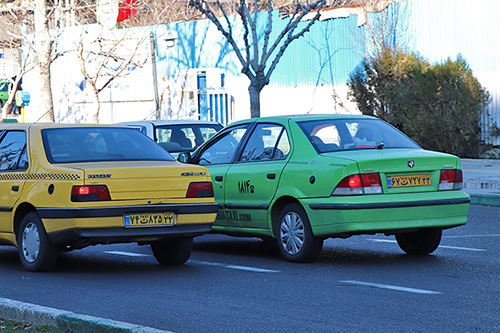 Signin with Google
Signin with Google Signin with Facebook
Signin with Facebook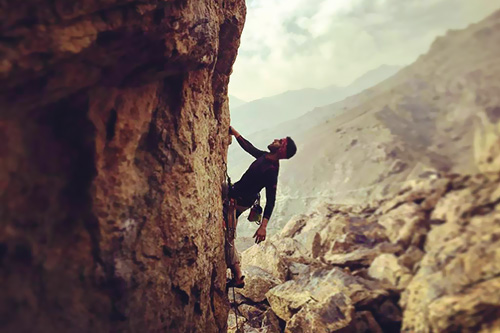
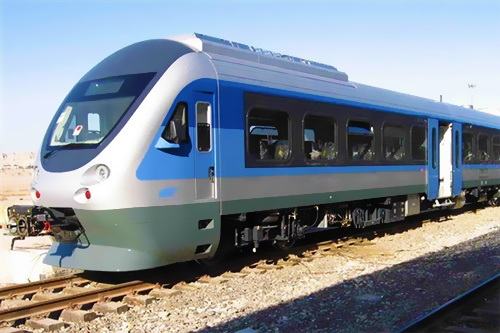 Survival Tips,Transportation
Survival Tips,TransportationA Smart Way to Use Buses and Subways in Iranian Cities
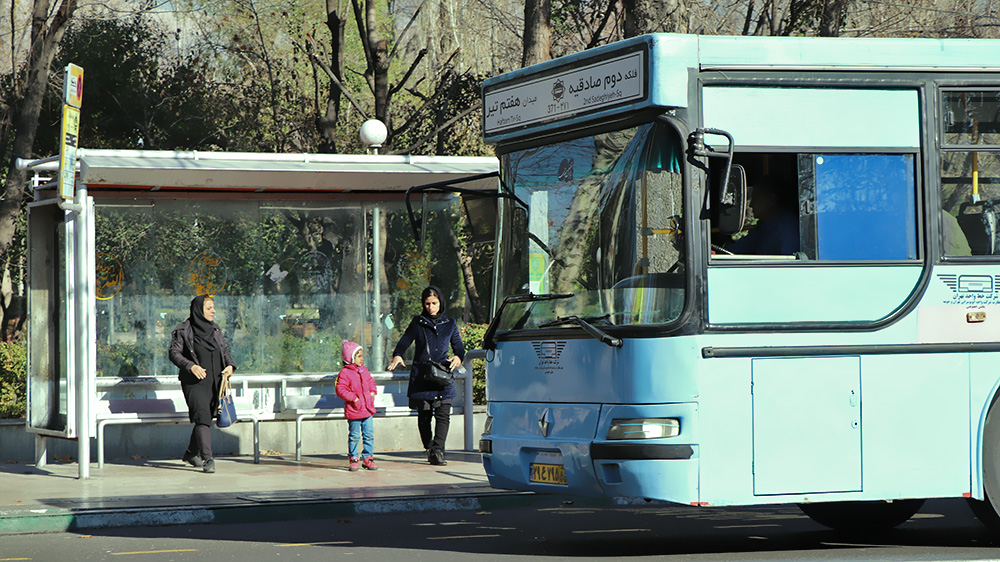
Mastering public transportation in Iran is quite easy. It’s a clever way to avoid traffic, and thus saving lots of time, and also money! All cities, from small ones to the capital Tehran, have buses, whether it’s vintage minibuses or modern fast lines.
Five main cities also have a metro network. In Tehran, it’s really convenient and easy to navigate on the five metro lines, which go as far as Karaj and Imam Khomeini Airport.
Public buses in Iran: how to get on board?
Using public transportation in Iranian cities can be the smartest way to go around. Tehran is covered by many bus lines, among which the modern and fast BRT (Bus Rapid Transit) lines. Smaller cities usually have minibuses.
Finding the right line for the right destination might be tricky, except for the BRT, for which plans are displayed at each stop. Once again, you can count on the kindness of Iranians to indicate the right direction.
Most of the time, tickets must be bought in advance, at the metro stations or at the bus booths. They cost around 10.000 to 15.000 rials. In Tehran, you can pay for the bus with your metro card.
Keep in mind that most buses are segregated. Usually, women sit at the back on the buses. On the BRT, there are two distinct spaces for men and women, and the entrances for each gender are indicated on the platform. However, on the minibuses of smaller cities, space is limited, so everybody can seat wherever they want.
Subway in Iran, the best way to outsmart traffic
Five cities have a subway, including Tehran, Isfahan, Mashhad, Shiraz and Tabriz. Others are under construction in Ahvaz, Karaj, Kermanshah and Qom. They are usually fast and simple to use.
In Tehran, taking the metro can be really time-saving. So here’s a full guide to navigate through it:
Tehran metro guide: everything you need to know
The Iranian capital has a really clean and modern metro network with currently five lines (details below). It works every day from 5:30 AM to 10:30 PM. Trains usually arrive every 3 or 10 minutes, depending on the time of the day.
Getting by metro in the city centre is very convenient and faster than by cars, which are often stuck in traffic. Furthermore, it’s also a nice experience for the travellers as you can discover that the lines are full of life, with all kinds of sellers offering their merchandise!
Navigating through the metro lines is easy because the signs are both in Persian and English. You can also download the official metro mobile application, easy to use and available in English. Note that the first and last cars are intended for women only. The rest can be used by both men and women.
Buying tickets can be easily done at the counters located in every metro station. There are two main types of tickets. The first one is a single-use ticket with a specific value.
Here are the fares:
|
One way tickets |
|
|
10,000 Rials |
trips inside Tehran |
|
10,000 Rials |
trips in the Tehran suburbs |
|
75,000 Rials |
trips to IKIA (international airport) |
The second and most convenient ticket type is the renewable magnetic card. While buying it, you can charge the card with the amount of money you want. These cards can be used on the metro, buses and Bus Rapid Transit (BRT).
This type of pre-paid ticket is based on mileage and the credit is reduced according to each trip, based on your validation timing. Prices go from about 4.000 rials for less than 3 kilometres to about 10.000 rials above 40 kilometres. Note that you cannot use the same metro card for two persons at the same time. However, it’s possible to use it several times simultaneously on buses.
Tehran Metro Lines:
|
Line 1 (Red) |
|
It is the most useful line for travellers. It connects the Imam Khomeini International Airport and Tajrish, in the north of Tehran. Tajrish Square is the jumping-off point for Darband, Tochal and the Sa'ad Abad and Niyavaran palaces. Heading south, Line 1 stops at Terminal-e Jonub, Rey and Haram-e Motahar for both the Holy Shrine of Imam Khomeini and the Behesht-e Zahra martyrs cemetery. |
|
Line 2 (Dark Blue) |
|
It runs between Tehran (Sadeghieh) in the west – where it connects with Line 5 (Green) to Karaj – and Farhangsara in the city's east. It connects to Line 1 at Imam Khomeini. |
|
Line 3 (Light Blue) |
|
It runs from Azadegan in the southwestern suburbs to the far northeastern suburb of Ghaem. Useful stops include Rah Ahan for Tehran Train Station; Teatr-e Shahr and Meydan-e Valiasr for central Tehran; and Nobonyad for Niyavaran Cultural-Historic Complex in the northeast. |
|
Line 4 (Yellow) |
|
It runs between Mehrabad Airport in the west and Shahid Kolahdooz in the southeastern suburbs. Between central Tehran and Meydan-e Azadi, for Azadi Tower and Terminal-e Gharb. |
|
Line 5 (Green) |
|
It runs from Tehran (Sadeghieh) to the west passing via Karaj to Golshahr. |
|
Line 6 (Pink) |
|
This line is under construction. |
|
Line 7 (Purple) |
|
This line is under construction. |
For more information, you can visit the official website: http://metro.tehran.ir/
Using buses and subways everywhere in Iran is cheap and convenient. It’s worth a try! Most cities have an extended network of buses covering the main locations, and five cities have a metro. Tehran’s subway is clean, safe and is often the best way to avoid being stuck in traffic.







